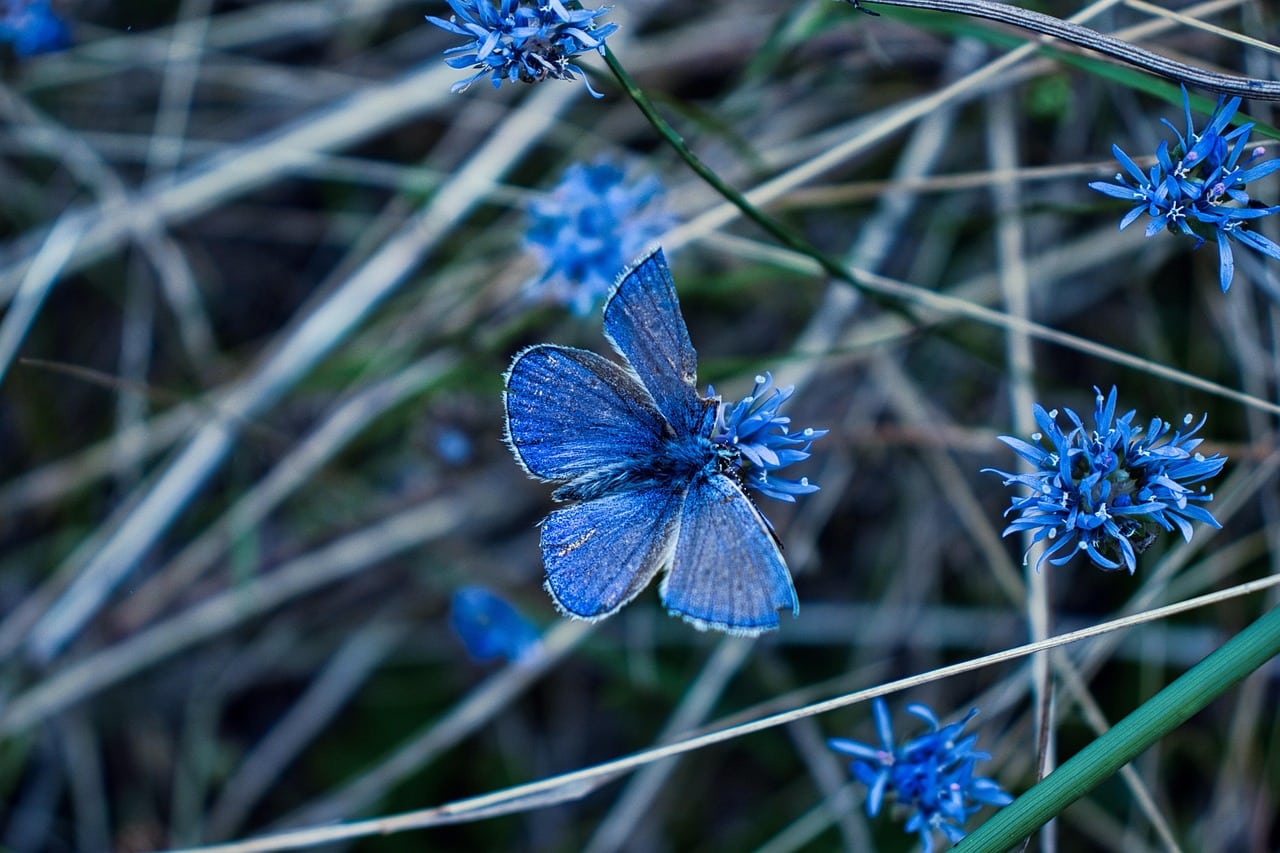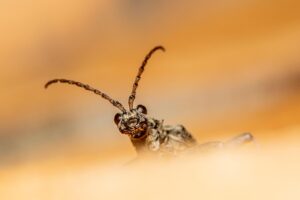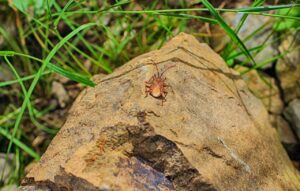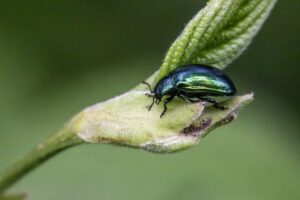Understanding the Importance of Beneficial Insects in Your Garden
Beneficial insects play a crucial role in maintaining the health and balance of your garden ecosystem. These natural allies can help control pest populations, pollinate flowers, and even improve soil health. By fostering a habitat that attracts these insects, gardeners can reduce their reliance on chemical pesticides and promote a more sustainable gardening approach.
Types of Beneficial Insects
There are several categories of beneficial insects, each contributing uniquely to your garden’s health:
- Predators: Insects like ladybugs and lacewings feed on common garden pests such as aphids and caterpillars.
- Parasitoids: Wasps that lay their eggs inside or on pest insects can significantly reduce pest populations.
- Pollinators: Bees and butterflies help in the pollination of flowering plants, leading to better fruit and seed production.
- Decomposers: Earthworms and certain beetles break down organic matter, enriching the soil and promoting healthy plant growth.
By understanding the various types of beneficial insects and their roles, gardeners can create an inviting environment that encourages these insects to thrive. Simple practices, such as planting native flowers and providing shelter, can significantly enhance the diversity of beneficial insects in your garden.
The Impact on Pest Control
Integrating beneficial insects into your gardening practices can lead to a natural form of pest control. Rather than reaching for chemical sprays, gardeners can rely on these insects to keep pest populations in check. For instance, a single ladybug can consume up to 5,000 aphids in its lifetime, showcasing the potential of natural predation. By creating a balanced ecosystem, beneficial insects help maintain the health of your plants while reducing the need for synthetic pesticides.
Top Plants That Attract Beneficial Insects: A Comprehensive Guide
Creating a garden that supports beneficial insects is essential for promoting a healthy ecosystem. These insects, such as pollinators and natural pest controllers, can significantly enhance the productivity of your garden. By incorporating specific plants, you can attract these vital allies. Below is a comprehensive list of the top plants known for their ability to draw in beneficial insects.
1. Lavender
Lavender is not only a fragrant addition to your garden but also a magnet for pollinators like bees and butterflies. Its vibrant purple flowers bloom throughout the summer, providing a rich source of nectar. Additionally, lavender can deter pests like mosquitoes and moths, making it a dual-purpose plant that benefits both your garden and your outdoor experience.
2. Marigolds
Marigolds are a gardener’s best friend when it comes to attracting beneficial insects. Their bright yellow and orange flowers are known to attract ladybugs and lacewings, which feed on aphids and other garden pests. Moreover, marigolds release compounds that can repel harmful insects, making them an excellent companion plant for vegetables and flowers alike.
3. Yarrow
Yarrow is a hardy perennial that attracts a variety of beneficial insects, including hoverflies and parasitic wasps. These insects play a crucial role in controlling pest populations. Yarrow’s flat-topped flower clusters provide an ideal landing platform for pollinators, while its feathery leaves can be used in herbal remedies, making it a functional and attractive addition to any garden.
4. Fennel
Fennel is a stunning herb that not only enhances culinary dishes but also serves as a beacon for beneficial insects. Its tall, feathery foliage and yellow flowers attract swallowtail butterflies and various pollinators. Additionally, fennel can help attract predatory insects that prey on common garden pests, creating a balanced ecosystem in your garden.
By planting these top species, you can create an inviting environment for beneficial insects, ensuring a thriving and healthy garden.
Creating a Welcoming Habitat for Beneficial Insects
Creating a welcoming habitat for beneficial insects is essential for maintaining a balanced ecosystem in your garden. These insects, which include pollinators like bees and butterflies, as well as pest controllers such as ladybugs and lacewings, play a crucial role in enhancing biodiversity and promoting healthy plant growth. To attract and support these valuable creatures, it is important to design your garden environment thoughtfully.
Key Elements of a Beneficial Insect Habitat
To foster a hospitable environment, consider incorporating the following elements:
- Diverse Plant Selection: Choose a variety of native plants that bloom at different times throughout the growing season. This ensures a continuous supply of nectar and pollen for insects.
- Water Sources: Provide shallow water sources, such as birdbaths or small ponds, to offer hydration for beneficial insects.
- Natural Shelter: Include features like brush piles, stone walls, and native grasses to create shelter and nesting sites for insects.
- Avoid Pesticides: Minimize or eliminate the use of chemical pesticides, as these can harm beneficial insects and disrupt their populations.
Creating a Diverse Ecosystem
In addition to the above elements, establishing a diverse ecosystem can significantly enhance the habitat for beneficial insects. Companion planting is a great strategy that involves growing different plants together to naturally deter pests and attract beneficial species. For example, planting marigolds alongside vegetables can repel harmful insects while attracting pollinators.
Moreover, allowing certain areas of your garden to grow wild can provide essential resources for beneficial insects. Leaving patches of clover or dandelions can support bee populations, while a few undisturbed areas can serve as habitats for predatory insects that control pest populations naturally. By embracing diversity and fostering a more natural environment, you can create a thriving habitat for beneficial insects that will enhance the health of your garden.
Natural Pest Control: How Beneficial Insects Help Your Garden Thrive
When it comes to maintaining a healthy garden, the role of beneficial insects cannot be overstated. These tiny allies not only help in controlling pest populations but also contribute to the overall ecosystem balance. By introducing or attracting beneficial insects, gardeners can reduce their reliance on chemical pesticides, promoting a more sustainable gardening practice.
Types of Beneficial Insects
There are several types of beneficial insects that play crucial roles in pest management. Here are a few key categories:
- Predators: These insects, such as ladybugs and lacewings, actively hunt and consume pests like aphids and spider mites.
- Parasitoids: Wasps, for example, lay their eggs inside or on pest insects, leading to the eventual death of the host, effectively controlling their population.
- Pollinators: While not direct pest controllers, insects like bees enhance plant growth and yield by pollinating flowers, which can indirectly benefit pest management by promoting plant health.
Incorporating beneficial insects into your garden is not only effective but also fosters a natural balance. For instance, ladybugs can consume up to 5,000 aphids in their lifetime, making them a powerful ally in keeping pest numbers in check. Additionally, the presence of these insects can enhance soil health and plant vigor, leading to a more resilient garden ecosystem.
Attracting Beneficial Insects
To attract beneficial insects, gardeners can employ various strategies. Planting a diverse array of flowers, particularly those that bloom at different times throughout the growing season, can provide a continuous food source for these helpful creatures. Some recommended plants include:
- Marigolds: These vibrant flowers can deter pests while attracting beneficial insects.
- Yarrow: Known for its ability to attract predatory insects.
- Dill and fennel: These herbs are particularly appealing to parasitic wasps.
By embracing natural pest control methods and fostering a welcoming environment for beneficial insects, gardeners can create a thriving ecosystem that not only protects their plants but also enhances the beauty and productivity of their gardens.
Simple Tips and Tricks to Attract More Beneficial Insects
Attracting beneficial insects to your garden can significantly enhance its health and productivity. These insects, such as ladybugs, lacewings, and bees, play crucial roles in pest control and pollination. Here are some simple tips and tricks to create an inviting environment for these helpful allies.
1. Plant a Diverse Range of Flowers
To attract a variety of beneficial insects, consider planting a diverse selection of flowers. Choose native plants and flowering herbs that provide nectar and pollen throughout the growing season. Some excellent choices include:
- Lavender – attracts bees and butterflies
- Marigolds – known to lure ladybugs and other beneficials
- Echinacea (Coneflower) – draws in a range of pollinators
- Sunflowers – provide food for bees and birds
2. Create Shelter and Habitat
Providing shelter is essential for encouraging beneficial insects to make your garden their home. You can create a welcoming habitat by:
- Leaving some areas of your garden undisturbed, allowing native plants to grow.
- Building insect hotels using bamboo, wood, and dried leaves to offer nesting sites.
- Adding ground cover plants that provide shelter for ground-dwelling insects.
3. Minimize Pesticide Use
To foster a thriving population of beneficial insects, it’s vital to minimize or eliminate the use of chemical pesticides. Instead, opt for natural pest control methods such as:
- Encouraging predatory insects like ladybugs and lacewings.
- Using insecticidal soaps or neem oil as safer alternatives.
- Implementing crop rotation and companion planting to disrupt pest cycles.
By following these simple tips and tricks, you can create a garden that attracts and supports beneficial insects, enhancing the overall ecosystem and ensuring a flourishing garden.













